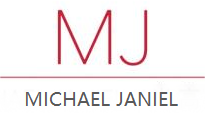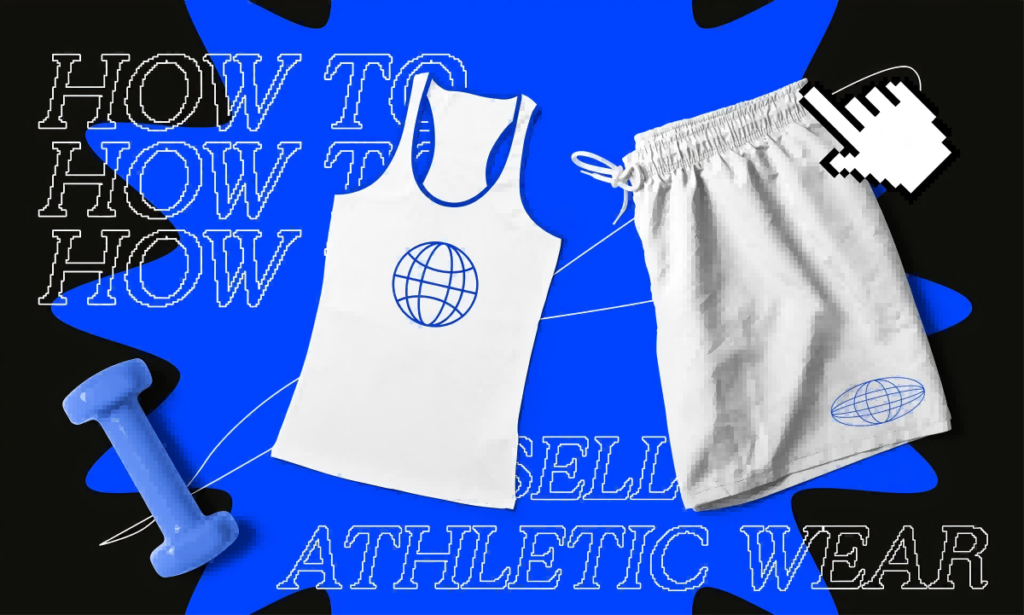The Ultimate Guide to Creating a Hot Fitness Apparel Brand: A Complete Strategy from 0 to 1
Abstract
The global sportswear market is expected to reach a scale of US$242.5 billion in 2027 (Statista data),The Ultimate Guide to Creating a Hot Fitness Apparel Brand which provides huge business opportunities for emerging fitness brands. This article will systematically analyze the 10 key steps to create a successful fitness apparel brand, covering core links such as market positioning, product development, supply chain management and digital marketing, and attach specific implementation plans and cost calculations to help entrepreneurs enter this booming market with minimal risk.
I. Market positioning: Find your golden track
1.1 Accurately define brand DNA
Argument: • Successful brand case: Gymshark achieved $140 million annual revenue in 5 years by focusing on the “Z generation fitness community” • Consumer research shows: 73% of users will pay a premium for brands with clear values (Nielsen report) • Practical solution: Establish a “brand pyramid” (functional benefits-emotional connection-core values)
1.2 Market segment selection strategy
Market opportunity analysis: | Segment field | Annual growth rate | Representative brand | Entry threshold | | High-performance fitness wear | 8.2% | Lululemon | High | | Basic affordable models | 12% | Decathlon | Low | | Environmentally friendly sportswear | 25% | Patagonia | Medium | | Plus-size fitness wear | 18% | Fabletics | Medium to high |
Expert advice: Startup brands should enter from vertical market segments to avoid direct competition with giants
Second, core elements of product development
2.1 Functional fabric selection
Technology fabric comparison: • Quick-drying polyester: cost $3.5/m, suitable for basic styles • Silver ion antibacterial fabric: $8.2/m, 30% premium space • Plant-dyed organic cotton: $12/m, in line with the concept of environmental protection • Pressure sensing smart fabric: $25/m, future trend
The Ultimate Guide to Creating a Hot Fitness Apparel Brand Case: Under Armour’s HeatGear® technology increased its summer series profit margin by 22%
2.2 Pattern engineering design
Key data: • The Asian market needs slim fit (10% tighter waist than European and American standards) • The seam strength of large-size clothing needs to be increased by 40% • The four-way stretch of yoga clothing is required to reach 180% elongation
2.3 Printing process selection
Cost-benefit analysis: | Process | Durability | Minimum order | Cost | Applicable scenarios || Thermal sublimation | 5 years | 50 pieces | $6.5/piece | Complex pattern | | Silicone printing | 3 years | 100 pieces | $4.2/piece | Slogan design | | Laser etching | Permanent | 200 pieces | $9.8/piece | High-end series |
Three, supply chain construction methodology
3.1 Manufacturer selection criteria
Evaluation dimensions: • MOQ flexibility (recommended <100 pieces) • Environmentally friendly factory with GRS certification • Sample cycle ≤ 7 working days • Equipped with digital printing and other advanced processes
3.2 Cost control model
Calculation formula: Total cost = (fabric cost×1.2) + labor cost×1.5 + logistics cost×1.1
Case: A startup brand reduced production costs by 35% through Vietnam OEM while maintaining EU standards
Fourth, data-based market verification
4.1 Minimum Viable Test (MVP)
Execution steps:
- Make 3 representative samples
- Collect 500+ user feedback through Instagram Polls
- Analyze conversion rate and price sensitivity
- Adjust product matrix
4.2 Pre-sale model application
Success factors: • Kickstarter crowdfunding page optimization • Early bird discount setting (30% off for a limited time) • Social media KOL seeding plan
Data: The average pre-sale conversion rate can reach 8.3% (2.6 times that of traditional e-commerce)
V. Brand Marketing Growth Hacker
5.1 Community Marketing System
Building Strategy: • Private domain traffic pool: WeChat/WhatsApp community • Offline fitness event sponsorship • UGC content incentive plan (user posting cashback)
5.2 Internet celebrity cooperation matrix
The Ultimate Guide to Creating a Hot Fitness Apparel Brand Delivery combination suggestions: | KOL type | Fan level | Cooperation cost | ROI | | Nano Internet celebrity | 10,000-100,000 | Product replacement | 1:4.2 | | Waistline expert | 100,000-500,000 | $500-2000 | 1:2.8 | | Head Coach | 500,000+ | $5000+ | 1:1.5 |
VI. Financial Model and Financing
6.1 Startup Capital Calculation
Budget Allocation Table: | Project | Amount | Percentage | | Product Development | $15,000 | 38% | | Marketing Promotion | $12,000 | 30% | | Operating Cost | $8,000 | 20% | | Emergency Reserve | $5,000 | 12% |
6.2 Profit Path Planning
Milestone Setting: • 6 months: Achieve 500 pieces monthly sales • 12 months: SKU expansion to 15 models • 18 months: Open offline experience store
VII. Summary: Roadmap for Success
- Precise Positioning: Select a market segment with a growth rate of >15%
- Product Differentiation: At least 1 patented technology/design
- Flexible Supply Chain: Maintain inventory turnover rate of >6 times/year
- Data Driven: Continuously conduct A/B testing
- Community Operation: Build a brand super user system
Call for Action: Get a Free Brand Diagnosis Toolkit now, including:
- Competitor Analysis Template
- Cost Calculator
- Supplier Evaluation Checklist

